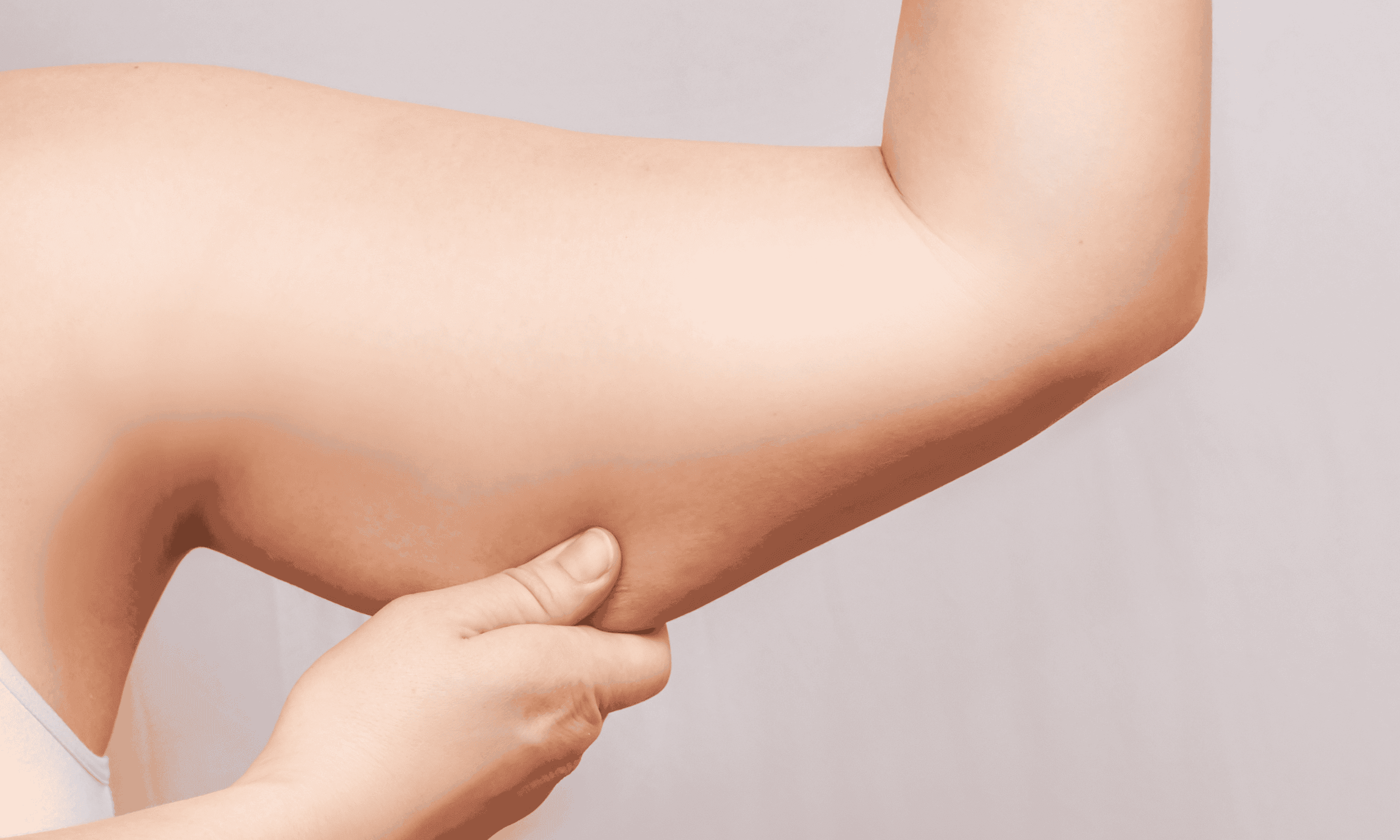
Everything you need to know about fat transplantation
In the ongoing quest for eternal youth and beauty, the medical world has made exciting strides in recent years. One of the most innovative developments in the field of aesthetic surgery is the rise of fat transplantation, a procedure that not only enhances body contours but also provides a sustainable and natural approach.
What is fat transplantation?
Fat transplantation, also known as lipofilling or lipografting, is a surgical procedure in which excess fat tissue is removed from one part of the body, such as the abdomen or thighs, and then injected into another area that requires additional volume or improved contours. This procedure not only offers a solution for volume loss in specific parts of the body but also enhances the overall body shape. By utilizing the patient's own fat, fat transplantation provides a natural and long-lasting way to augment areas like the buttocks, breasts, or face, achieving a more harmonious and aesthetically pleasing appearance.
How does it work?
1. Harvesting fat tissue: The first step of the procedure involves collecting excess fat tissue through liposuction. This is typically done in areas where fat accumulation is present, such as the abdomen, thighs, or hips.
2. Purification of fat cells: The harvested fat tissue is then processed to remove impurities and fluids. What remains are living fat cells ready for transplantation.
3. Injection into the target area: The purified fat cells are carefully injected into the desired target area, such as the cheeks, buttocks, breasts, or other areas where additional volume is desired.
Benefits of fat transplantation
- Natural results: Unlike some other forms of aesthetic procedures, fat transplantation provides a natural result as it utilizes the patient's own fat.
- Long-lasting results: Since the transplanted fat cells come from the patient themselves, the results have the potential to be long-lasting. Once established, the fat cells can permanently stay in their new location.
- Minimal risks: Because the procedure uses the patient's own fat, allergic reactions and rejection responses are virtually nonexistent.
- Dual benefit: In addition to enhancing contours in one area, another part of the body becomes slimmer due to the liposuction.
Considerations for fat transplantation
While fat transplantation offers many benefits, there are some considerations for patients. The success of the procedure depends on factors such as the patient's health, the quality of the harvested fat tissue, and the skill of the surgeon. It's important for individuals considering fat transplantation to have realistic expectations and engage in thorough discussions with their surgeon about the potential outcomes and any associated risks. Additionally, maintaining a healthy lifestyle and following postoperative care instructions are crucial for optimizing the results and ensuring a smooth recovery process.
Fat transplantation marks a new era in aesthetic surgery, allowing patients to enhance their bodies in a natural and sustainable way. With benefits such as long-lasting results and minimal risks, this procedure is becoming increasingly popular among those striving for both beauty and health. If you are considering fat transplantation, it's essential to consult with an experienced surgeon and carefully consider all aspects of the procedure.


